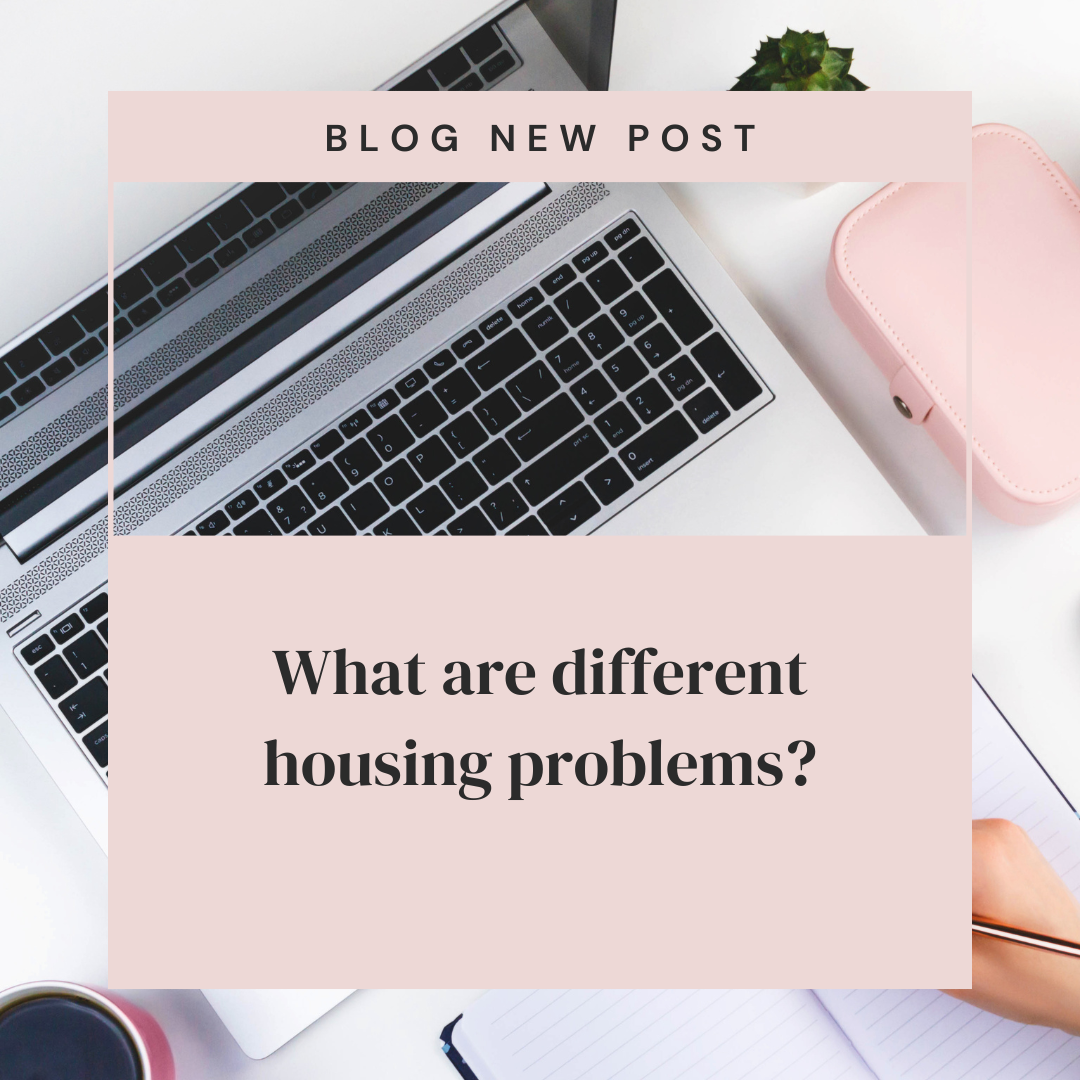What are different housing problems?
What are different housing problems? it is important to be aware of the various housing problems that may arise. This blog post aims to provide a comprehensive overview of different problems tenants may encounter, helping them navigate and seek appropriate solutions.
- Damp and mold problems: Dampness and mold growth are common housing problems that can cause respiratory issues, allergies, and damage to property. The presence of mold or mildew, water stains, or a persistent musty smell are indicators of this problem.
- Pest infestations: Infestations of pests such as rodents, bedbugs, or insects can make a house uninhabitable. Signs of infestations include droppings, chew marks, visible pests, or unexplained bites.
- Plumbing and water leakage: Problems with plumbing systems, such as leaking pipes, faucets, or toilets, can lead to water damage, increased utility bills, and inconvenience. Water stains, damp patches, or a sudden increase in water usage are signs of plumbing issues.
- Electrical problems: Faulty wiring, non-functional outlets or switches, or frequent power outages pose significant risks in a house. Flickering lights, sparking outlets, or appliances frequently tripping circuit breakers are indicators of electrical problems.
- Structural issues: Cracks in walls, floors, or ceilings, sagging roofs, or compromised foundations can indicate structural problems. These issues can compromise the stability and safety of the property.
- Inadequate heating or insulation: Insufficient or non-functional heating systems, poor insulation, or draughty windows can lead to cold and uncomfortable living conditions. High energy bills or difficulty maintaining a comfortable indoor temperature may be signs of inadequate heating or insulation.
- Security and safety concerns: Insecure doors, windows, or locks pose a threat to tenants’ safety and security. Broken locks, damaged doors or windows, or a lack of appropriate security measures can indicate security issues.
Why understanding different problems matters
Understanding and identifying different problems is crucial for social housing tenants for several reasons:
- Tenant rights: Being aware of housing problems empowers tenants to recognize when their landlord is failing to meet their obligations. Tenants have legal rights to live in properties that are safe, secure, and fit for habitation.
- Prompt action: Recognizing housing problems early enables tenants to take timely action by reporting the issues to their landlord or housing association. This increases the chance of resolving the problems effectively.
- Health and well-being: Living in a property with unresolved housing problems can have detrimental effects on tenants’ physical and mental health. Prompt mitigation of these problems promotes a healthier and more comfortable living environment.
- Financial implications: Some housing problems, such as energy inefficiency or water leakage, can result in increased utility bills. Addressing these issues can help tenants save money in the long run.
Conclusion
Understanding different problems is essential for social housing tenants in England and Wales. By being aware of signs and symptoms associated with these problems, tenants can take action to protect their rights, well-being, and financial stability. Additionally, reporting these issues to landlords or housing associations ensures that necessary measures are taken to resolve the problems and create a safe and comfortable living environment for all tenants.
Important links
Housing Disrepair Advice: https://housingdisrepairadvice.org/contact
Housing Ombudsman: https://www.housing-ombudsman.org.uk/
